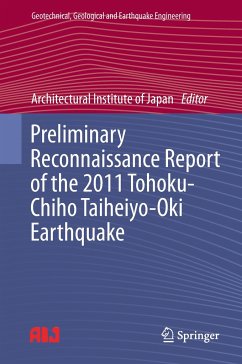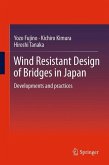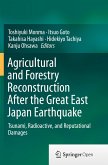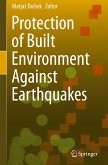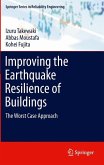Devastating damage in the Tohoku region of Japan occurred during and after the massive earthquake off the Pacific coast, the Tohoku earthquake, on March 11, 2011. The Architectural Institute of Japan dispatched reconnaissance teams into the field to obtain basic facts on the damage to buildings due to the massive ground motions and resultant tsunami. Their mission included collecting information on the characteristics of the earthquake itself and the observed major ground motions and tsunamis throughout the area. For the investigation of structural damage, buildings are classified by their type of construction steel buildings, reinforced concrete buildings, wooden houses, and others along with descriptions of special features for each category of building type. This report summarizes damage associated with ground failures including landslides and liquefaction as well as nonstructural damages such as to equipment and facilities, partitioning walls and ceilings, and functional failures in skyscrapers. A brief description of the Japanese Seismic Design Code is provided in the Appendix, and a proposed scheme of anti-tsunami design for buildings is also included.
From the reviews: "Geared toward professionals such as architects, engineers, geologists, other scientists and those dealing with seismic technology, the book is also accessible to the common, interested reader as roughly half the volume consists of photographs supplemented by graphs and charts. ... the book covers all areas of specialized interest, with sections for timber buildings, steel buildings, various kinds of reinforced concrete buildings, nonstructural elements and damage to the soil and foundation. ... Educational, impactful and comprehensive, the book is a necessary addition to the professional's bookshelf." (Yung-Hsiang Kao, The Japan Times, November, 2012)

